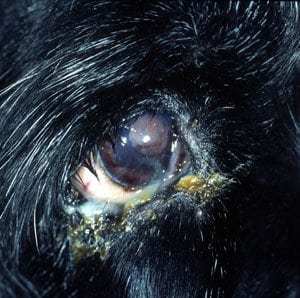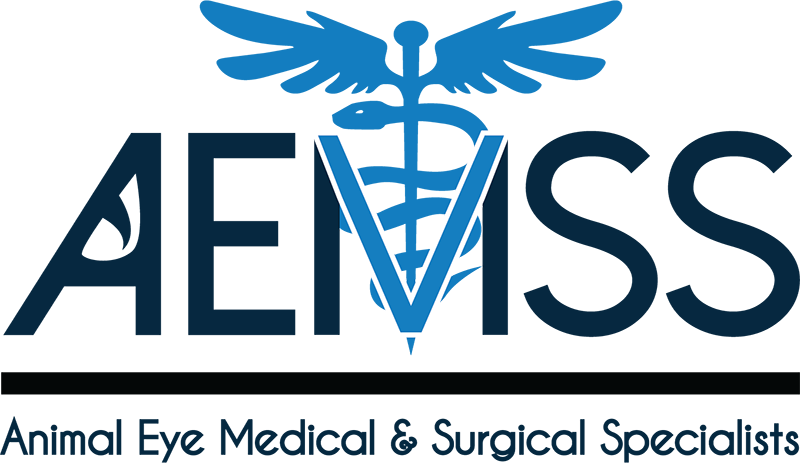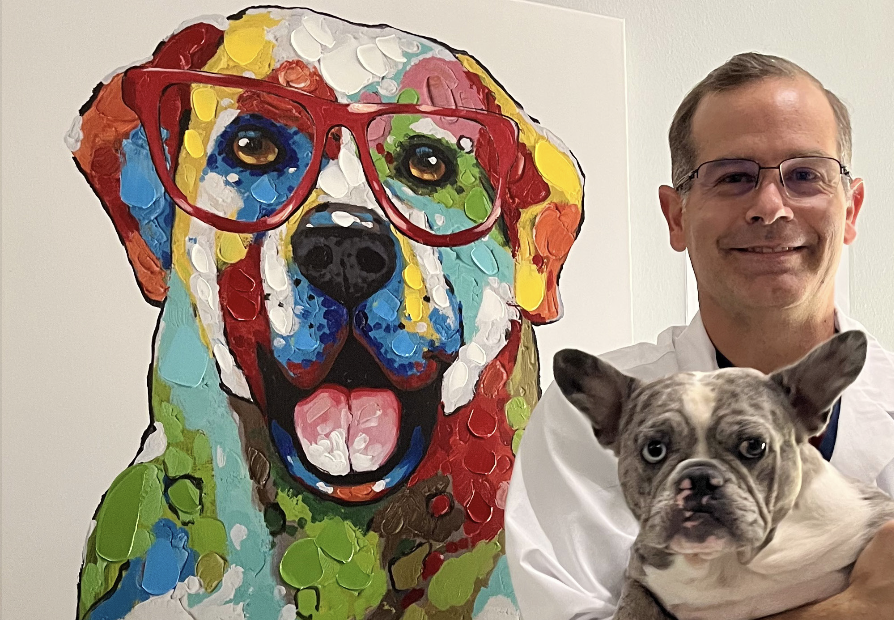Pet Keratoconjunctivitis Sicca (KCS) in Katy, TX
Keratoconjunctivitis Sicca (KCS), commonly known as dry eye, is a condition where the aqueous component of tears is significantly reduced, leading to a dry and uncomfortable eye surface. At Animal Eye Medical & Surgical Specialists in Katy, TX, we are dedicated to diagnosing and treating KCS in pets, ensuring their comfort and well-being.
Recognizing the Symptoms of KCS in Pets
Pets with KCS often experience considerable discomfort due to the lack of tear production. Signs to watch for include:
- Ocular Pain: This may manifest as squinting, frequent eye rubbing, or sensitivity to light (photophobia).
- Redness and Cloudiness: The eye may appear red or cloudy, which can be mistaken for other eye conditions.
- Ocular Discharge: A thick, greenish discharge is a common symptom, often leading to the eyelids sticking together.
These symptoms are indicative of the eye’s struggle to stay moist, which can lead to more severe issues if left untreated. Call us today at 832-437-0119 to schedule an evaluation and provide your pet with the relief they need.

Causes of Pet Keratoconjunctivitis Sicca (KCS) in Katy, TX
KCS in pets, particularly dogs, is most commonly caused by an immune-mediated response where the body’s immune system mistakenly attacks the tear-producing glands. This condition can affect many breeds, including Boston Terriers, Miniature Poodles, American Cocker Spaniels, Pugs, English Bulldogs, and others.
Other potential causes include:
Certain medications, such as sulfa drugs, Etogesic, and atropine, may reduce tear production.
Diseases like canine distemper and leishmania can lead to KCS.
Loss of nerve function to the cornea or tear glands can decrease tear production.
Conditions like diabetes, Cushing’s disease, and hypothyroidism are linked to KCS.
Removal of the gland of the third eyelid (commonly known as cherry eye) can result in decreased tear production.
Treatment Options for KCS at Animal Eye Medical & Surgical Specialists
Treating KCS involves addressing the underlying cause and managing symptoms to improve your pet’s quality of life.
Medical Treatments for KCS
In most cases, medical treatment is highly effective. Topical immune modulators, such as cyclosporine, have been shown to increase tear production in about 80% of dogs with KCS. These medications work by reducing inflammation and allowing the tear glands to function more effectively.
Surgical Intervention for Severe KCS
For pets that do not respond adequately to medical therapy, surgical options are available. One such procedure is Parotid Duct Transposition, where a salivary duct is redirected to provide moisture to the eye. This surgery is generally reserved for cases where medical treatment alone is insufficient.
If your pet is showing signs of KCS, early intervention is crucial. Contact us to schedule a consultation and begin the journey to relief and recovery for your pet.

